Trending
Opinion: How will Project 2025 impact game developers?
The Heritage Foundation's manifesto for the possible next administration could do great harm to many, including large portions of the game development community.
Retro Game of the Day is a daily look back at some of the games we loved - and some that we didn't - during the formative years. Today's entry is Strider for NES.

Retro Game of the Day! Strider (NES)
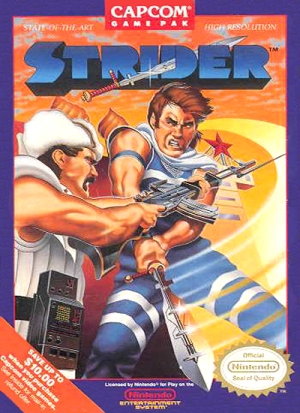
Strider for the NES by Capcom, released in 1989 (no Japanese release, strangely).
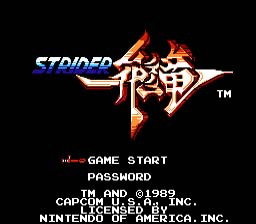
In the late 80s and early 1990s, there was such a gulf between the audiovisual quality of games released on the home consoles and in the dank hallways of arcades that it became sensible for companies to release "based on" versions on the home platforms rather than always trying to do a close-as-possible conversion. This was for several reasons besides merely aesthetics - a lot of arcade titles had gameplay specifically designed to keep sucking away at the player's supply of quarters, and home conversions (which didn't pack the same muscle of presentation) had to rely more on depth of gameplay. Capcom was a major culprit in many of these instances - Bionic Commando, 1943 (to a lesser degree), and of course Strider.
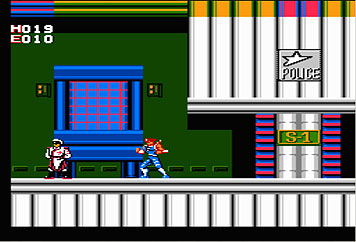
It is interesting to note this, as Strider ported to other systems (notably the 16-Bit Sega Genesis, and even the 8-Bit Sega Master System) a couple of years later and retained the arcade machine's gameplay. But in the case of the NES version, we got something which bore only a cursory resemblance.
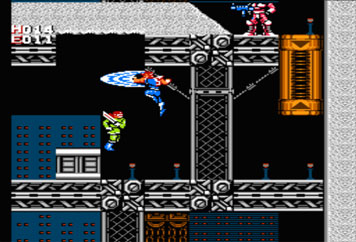
In my own case, my first exposure to the world of Strider was not the arcade, but the NES version which followed shortly afterward. I got an early glimpse of it in an issue of Nintendo Power and that striking image of the Blue Dragon spacecraft grabbed my attention - how would the game follow up?
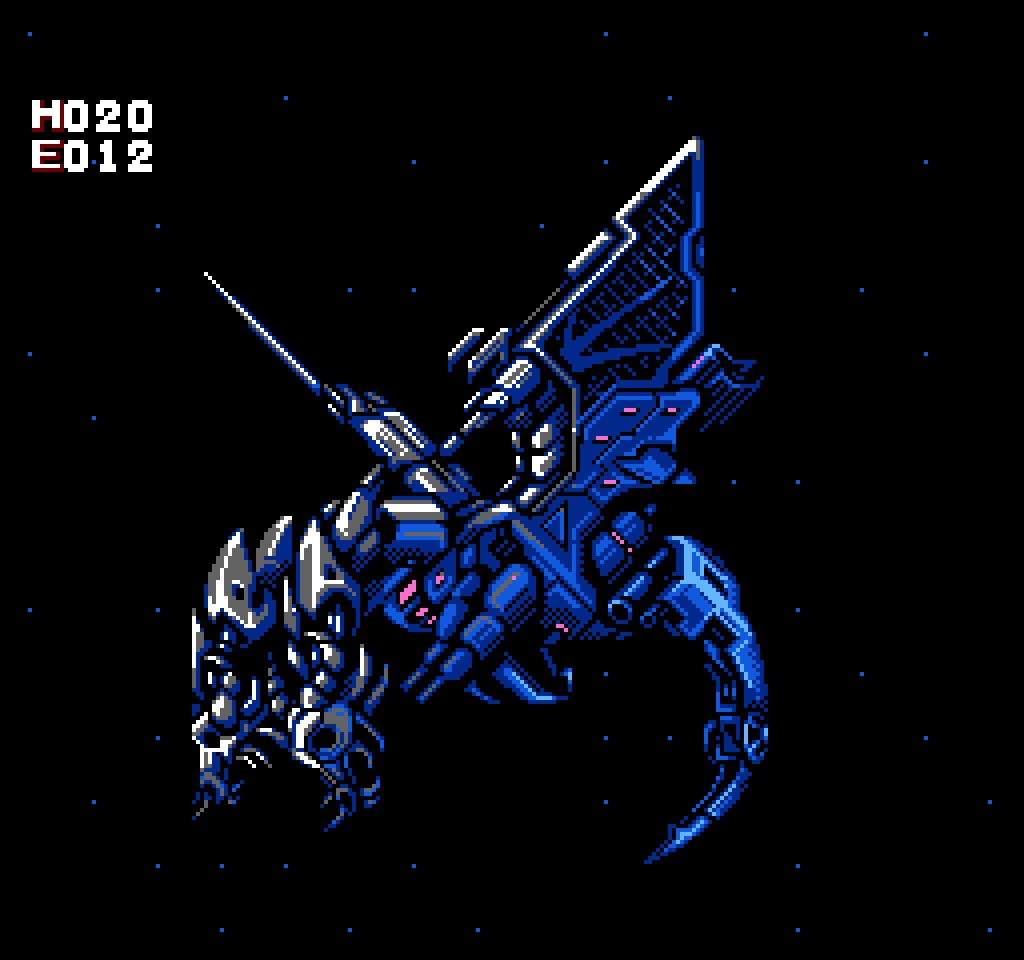
For me, Strider NES was a very mixed bag. It came out following a grand session of Capcom genre-defining superhits (Mega Man 2, Bionic Commando) and so had some impossibly big shoes to fill. Strangely wary, I picked up a rental and made my way through the game. The game was alright - good graphics, good Capcommy sound, lots of up-close action (mainly ninja sword-swinging as opposed to run-'n-gun - which was cool!) But something really bothered me about this game. Capcom had been making a name for themselves with tight characters, excellent music, and flashy graphics, but also - and most people won't really side with me here - more than a few of their games had some very sloppy handling. Revisionist history will disagree with me, but I remember playing this game coming off of the likes of the relatively smooth Mario 2 and Metroid games, and thinking that Strider handled like an awful mess. The game was fun to work through, but some of the sections required very particular maneuvering and the play control (specifically with wall-jumping) was just not anywhere near as precise as it needed to be. What should have felt cool instead felt extremely frustrating.
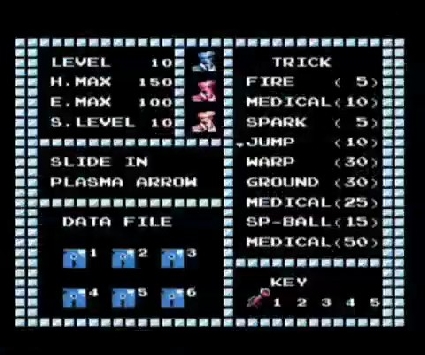
Sunsoft's original Batman NES game debuted shortly afterward, and their game proclaimed to use a similar wall-jumping technique (and for that I was immediately wary) - yet they totally nailed it. I played that game and thought to myself "THIS was what Strider was going for.. what the heck went wrong?" It may seem like a finicky thing to hang on, but problems like that really colored my entire experience of Strider, and it's a shame because the style and outline of the game is quite cool (if a little lopsided). I did enjoy it enough to see the whole game through, back in the day, and I am interested (sort of!) to pick it up and relive the glory days a little. I still maintain that Strider is one of the most underused/underappreciated characters in videogaming who is waiting for his time to shine!
Look for Headcase Games' new puzzler 180 for iPhone, coming soon!

Read more about:
BlogsYou May Also Like